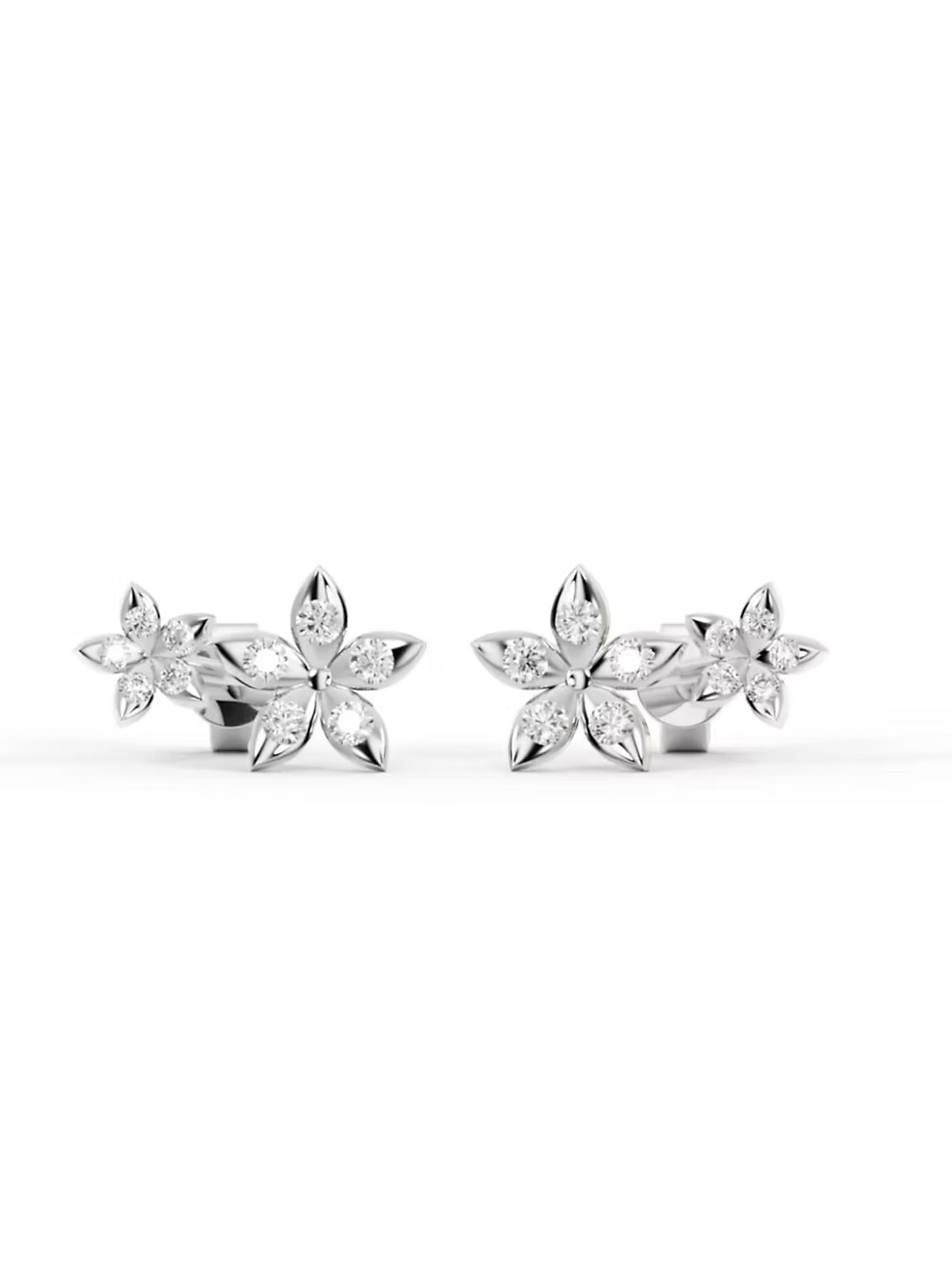Pure Gold, Vermeil, Gold Filled or Plated Jewellery
- Bloomtine London

- Jan 12, 2020
- 3 min read
Updated: Nov 6, 2020
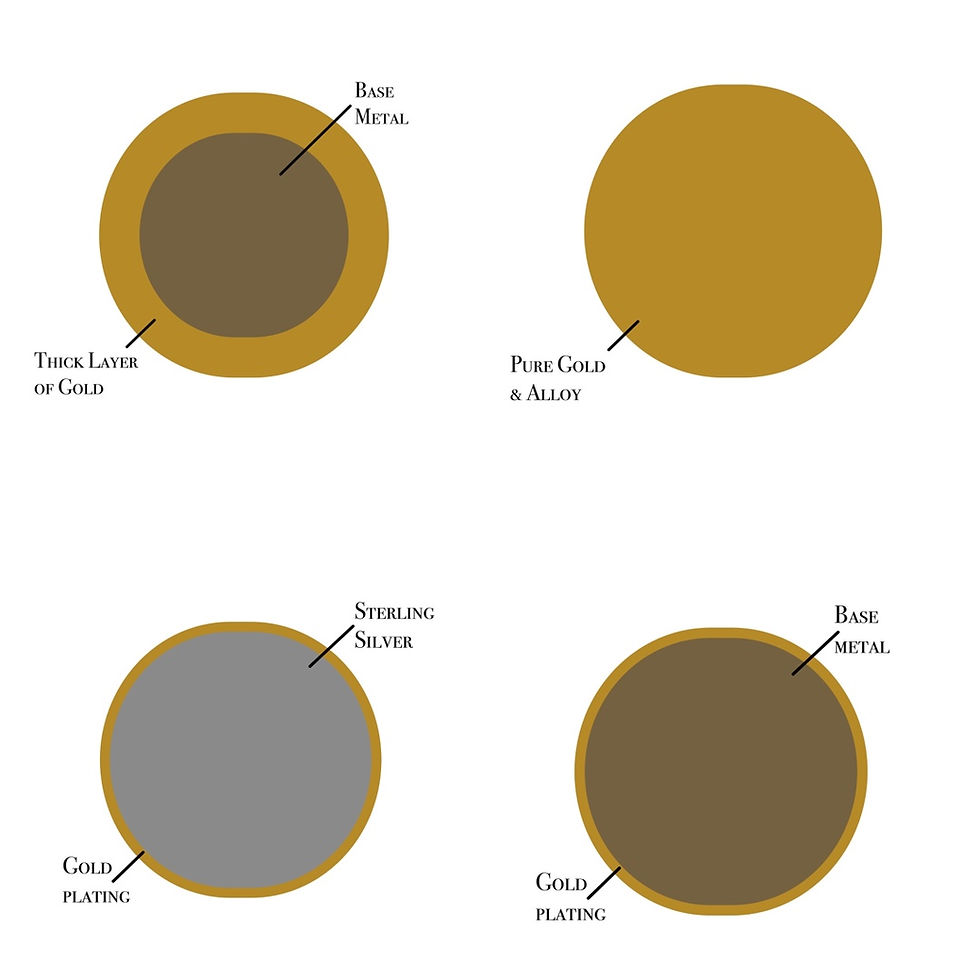
If you're particularly perplexed when buying jewellery labelled as 'gold' at solid gold price points, but later discover it does not pass the test of time - look no further, the following guide will help you avoid expensive mistakes going forward.
"Higher gold prices have driven an increased demand for gold plated silver items. Many of these products are being described in a misleading way with no reference to silver or the fact that they are plated. These descriptions also often make a specific reference to gold fineness, leading the consumer to believe they are buying gold when they are only buying silver." The British Hallmarking Council - Assay Office. 2020
Unfortunately many jewellery fans seldom differentiate between the terms gold plated, gold vermeil, gold filled and solid gold. Aesthetically to the untrained eye all four will have the same external appearance, but the real test is one of time. Unfortunately three of four of these will loose their outer layer eventually, it's only a question of when. In short, solid gold is the only durable gold that by its very composition will not tarnish to reveal a cheaper metal underneath i.e., brass.
Below there are four visual representations of each type of 'gold' that will help you compare and decide your preference.
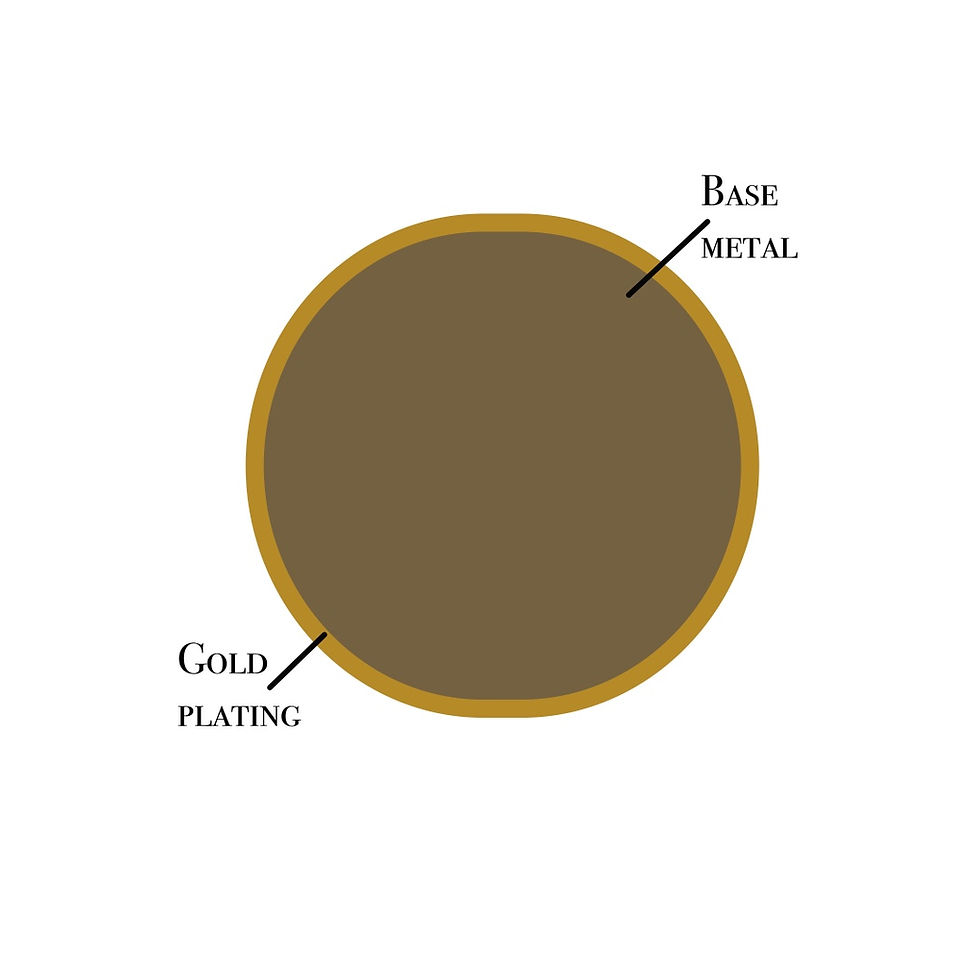
Gold Plated Jewellery
Plated Jewellery uses a cheap base metal such as brass, copper, or an alternative low-end metal, which is usually electroplated with a thin layer of gold.
This type of jewellery is the most inexpensive of all four. It does not require a minimum karat thickness, therefore its content is usually less than 1%.
With the above in mind, a plated item may retail for higher if the karat used is higher or the layer of gold is thicker, which increases it's durability.
Eventually this layer will fade when washed or rubbed to reveal a base metal. It can leave skin discoloured or even irritated.
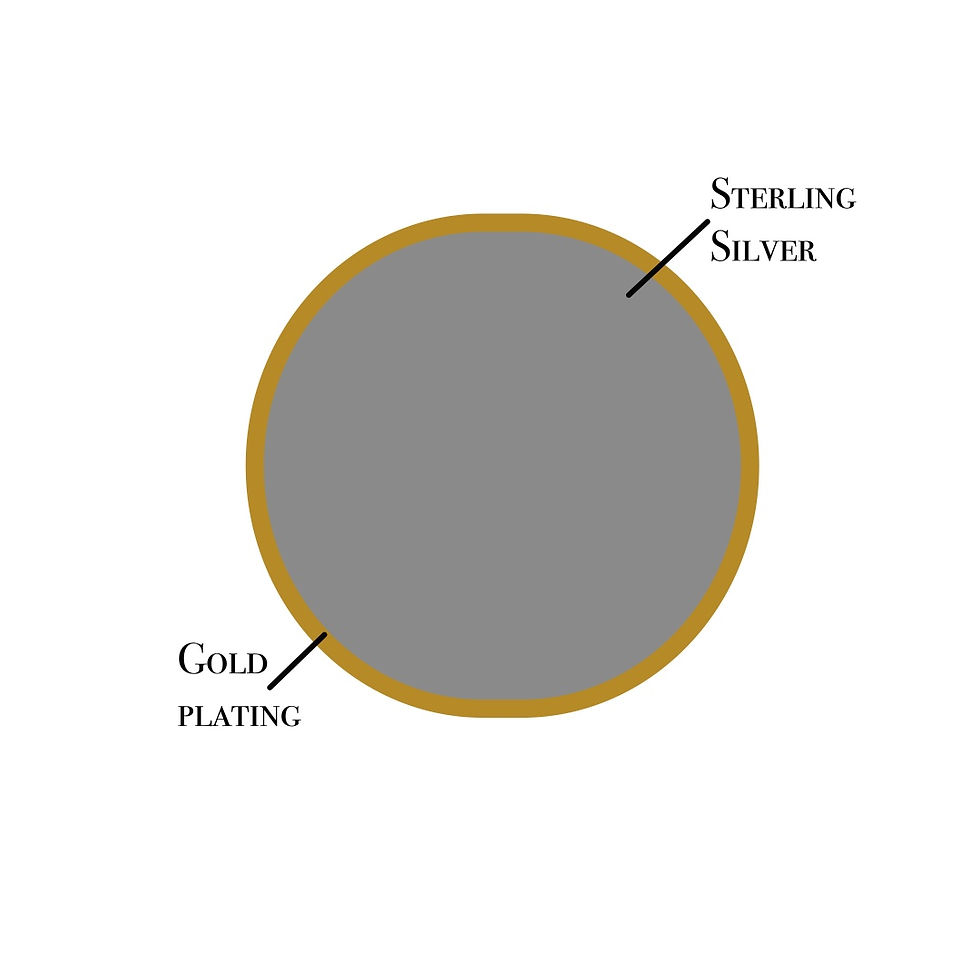
Gold Vermeil Jewellery
Gold Vermeil uses pure or sterling silver as the base metal. This is then electroplated with gold.
Vermeil must meet a certain thickness (at least 375 parts per thousand and should not exceed 2 mircons) of plating to be considered within the classification of demi-fine jewellery.
As a consequence vermeil is more hypoallergenic due to its thicker layer of gold plating and sterling/pure silver base metal.
Unfortunately as we alluded to earlier, anything plated will eventually wear with enough exposure to daily activities.

Gold Filled Jewellery
Unlike gold plated and vermeil jewellery, gold filled jewellery has a significantly thicker layer of gold to base metal. In line with this, initially it is harder to tell from solid gold.
The process undertaken uses mechanical bonding, which allows for a thicker layer of gold to be placed onto the base metal, which is usually brass, copper or a similar type of cheap metal.
Legally the inside of a filled piece of jewellery must be stamped with its karat number.
This type of jewellery is durable for longer, and will allow for some resistance to wear. However jewellery that is not solid gold will inevitably discolour and tarnish to expose the base metal.
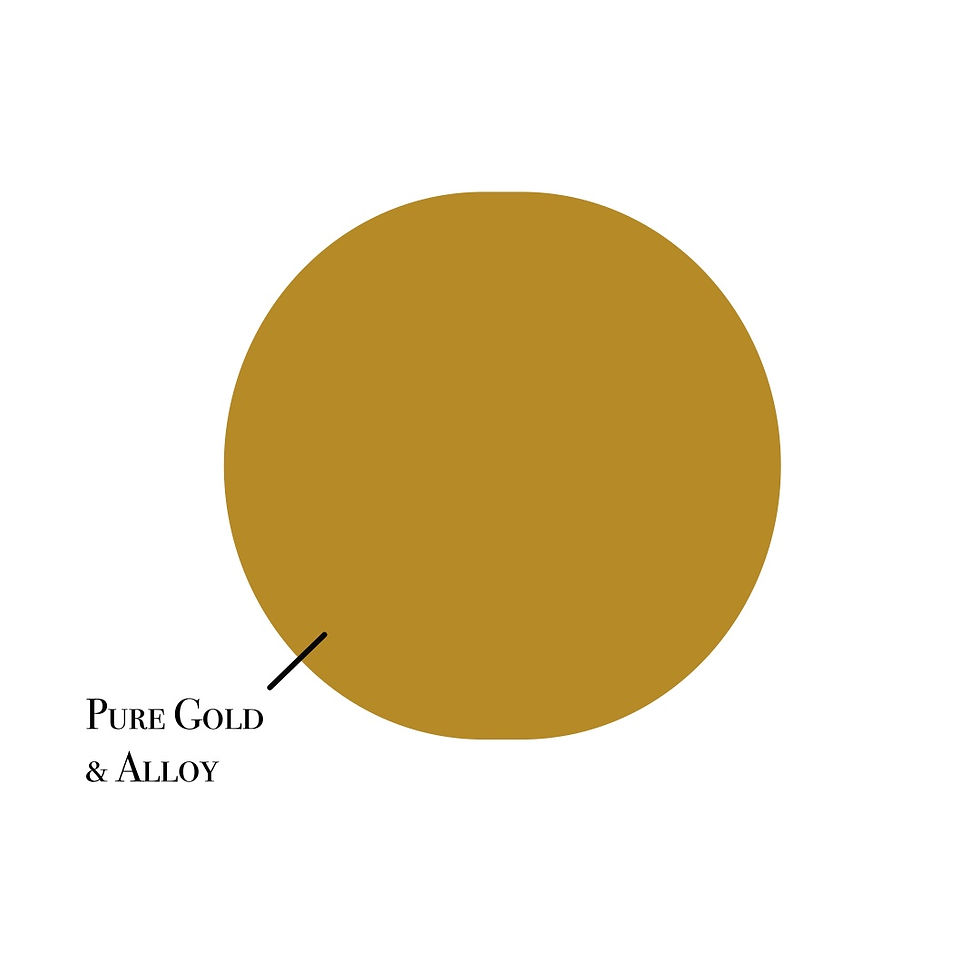
Solid Gold Jewellery
Sold gold/gold refers to the use of one metal throughout the piece of jewellery.
The composition of that metal may vary for example, 24 karat gold is at its most purest form (often referred to as 100%), however this is very soft in nature and difficult to create jewellery with. As a solution alloys are added to enhance the resilience of the metal.
18 karat gold uses 18 parts of gold to 6 parts alloy (75% Gold), 14 karat gold uses 14 parts of gold to 10 parts alloy (58% Gold), and so on.
Solid gold jewellery is best for durability, skin allergy sufferers, and sentimental buyers. If scratch or damage the piece, it will not change colour or reveal a cheaper metal underneath. Furthermore, it will not colour your skin, and is highly unlikely to cause any skin reactions. 14k or 18k gold pieces are the best choice for high-quality, permanent pieces of your collection.
References
1) The British Hallmarking Council - Assay Office. 2020. The British Hallmarking Council - Assay Office. [ONLINE] Available at: https://theassayoffice.com/legislation/the-british-hallmarking-council. [Accessed 26 January 2020].



